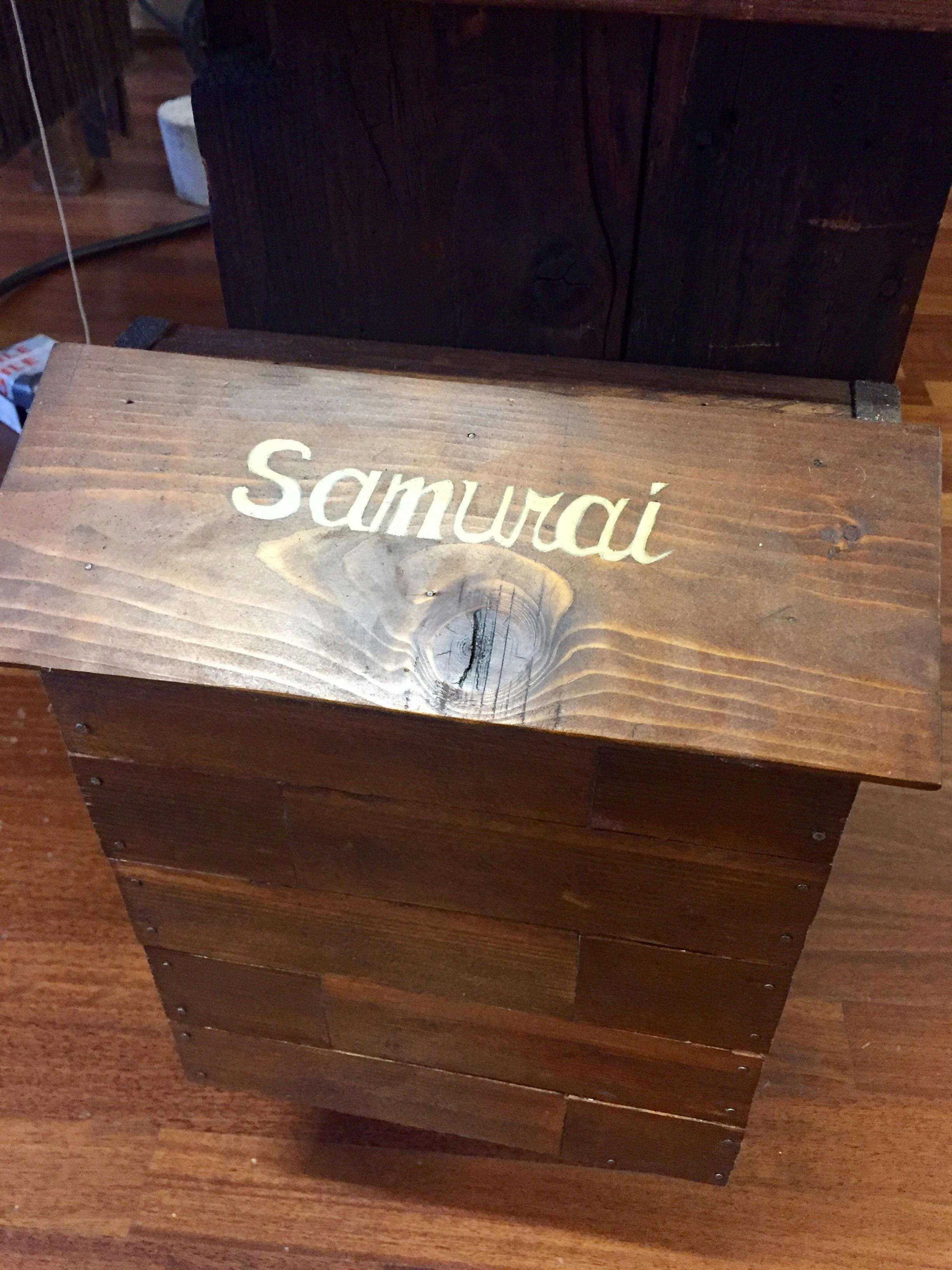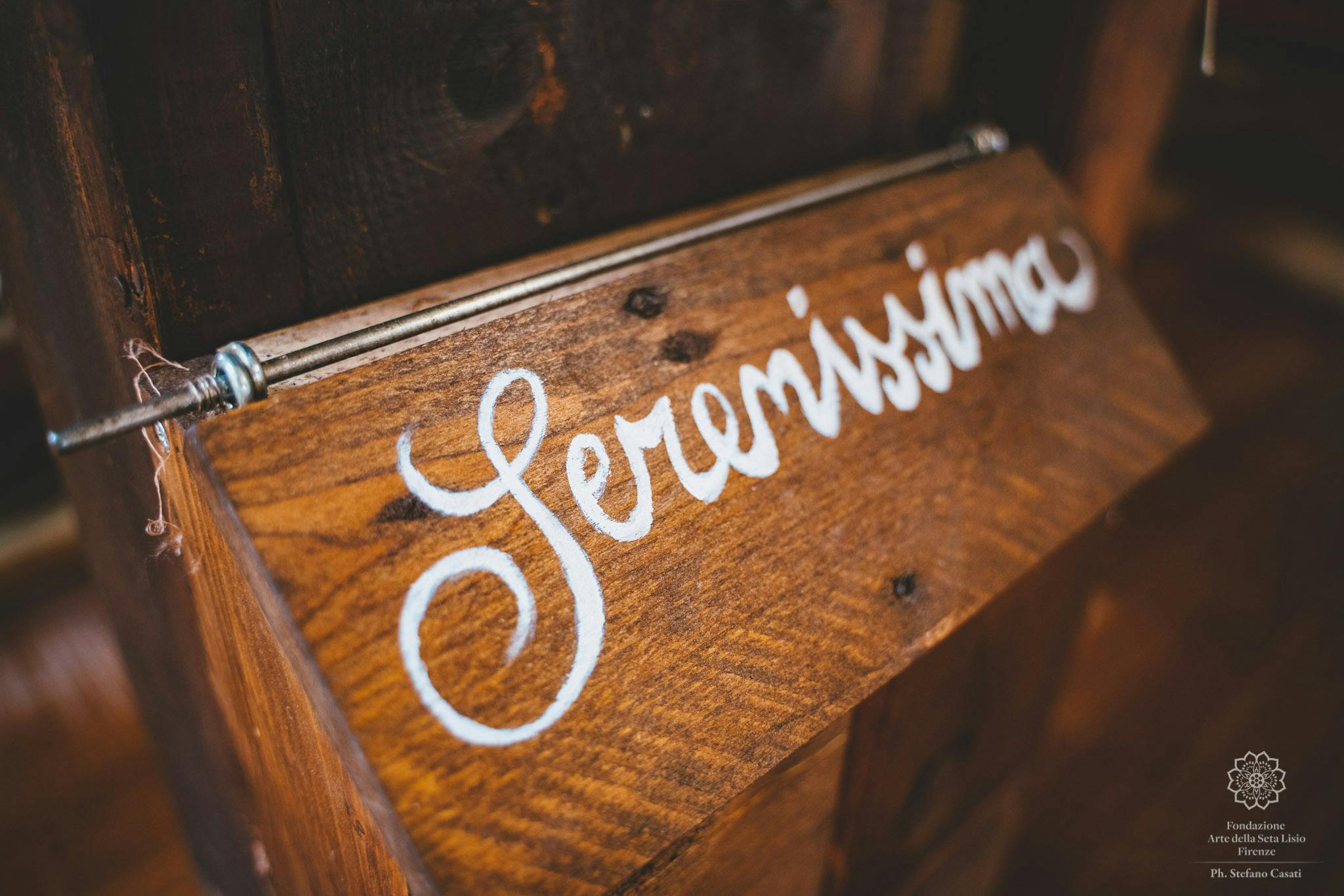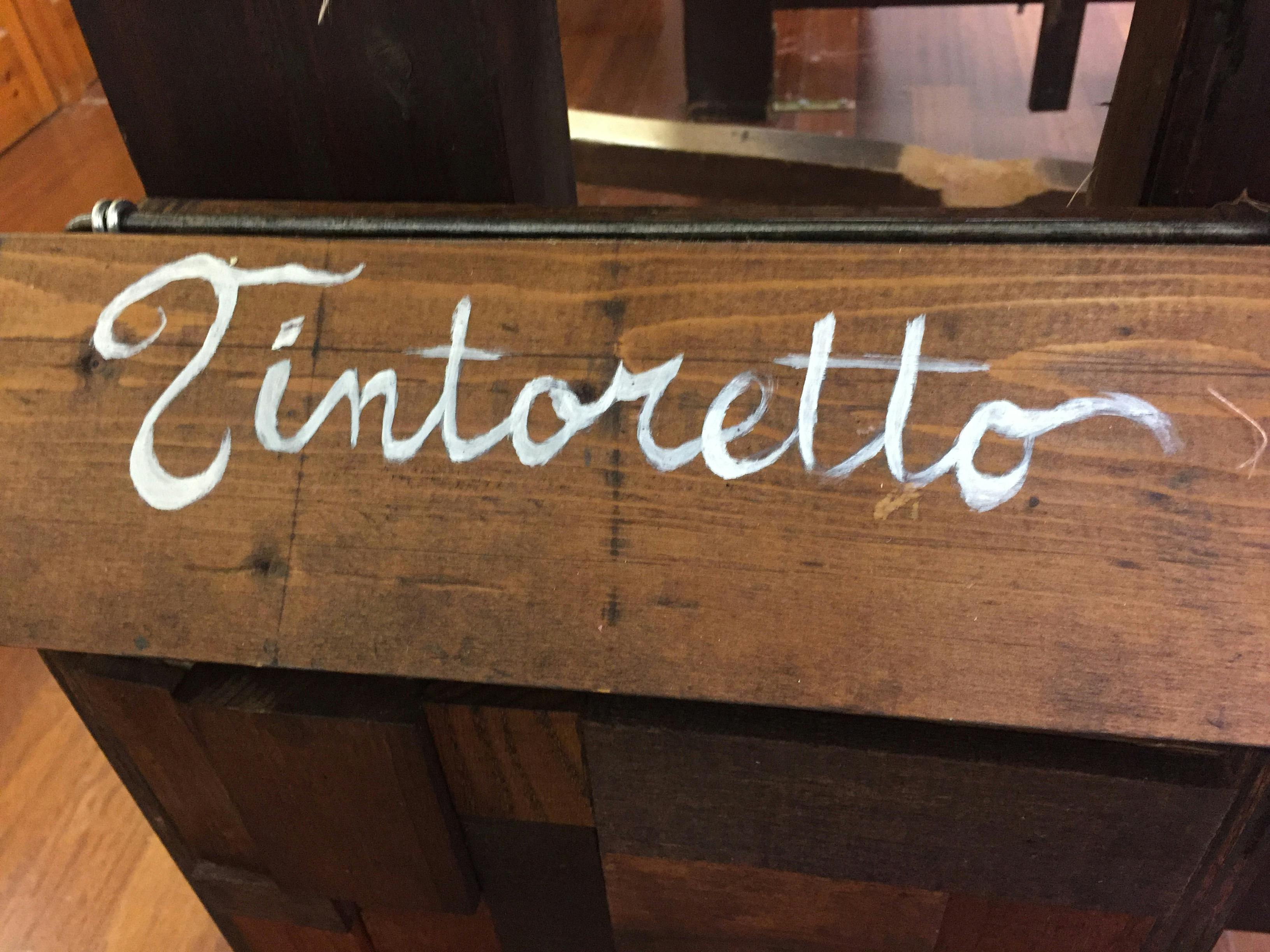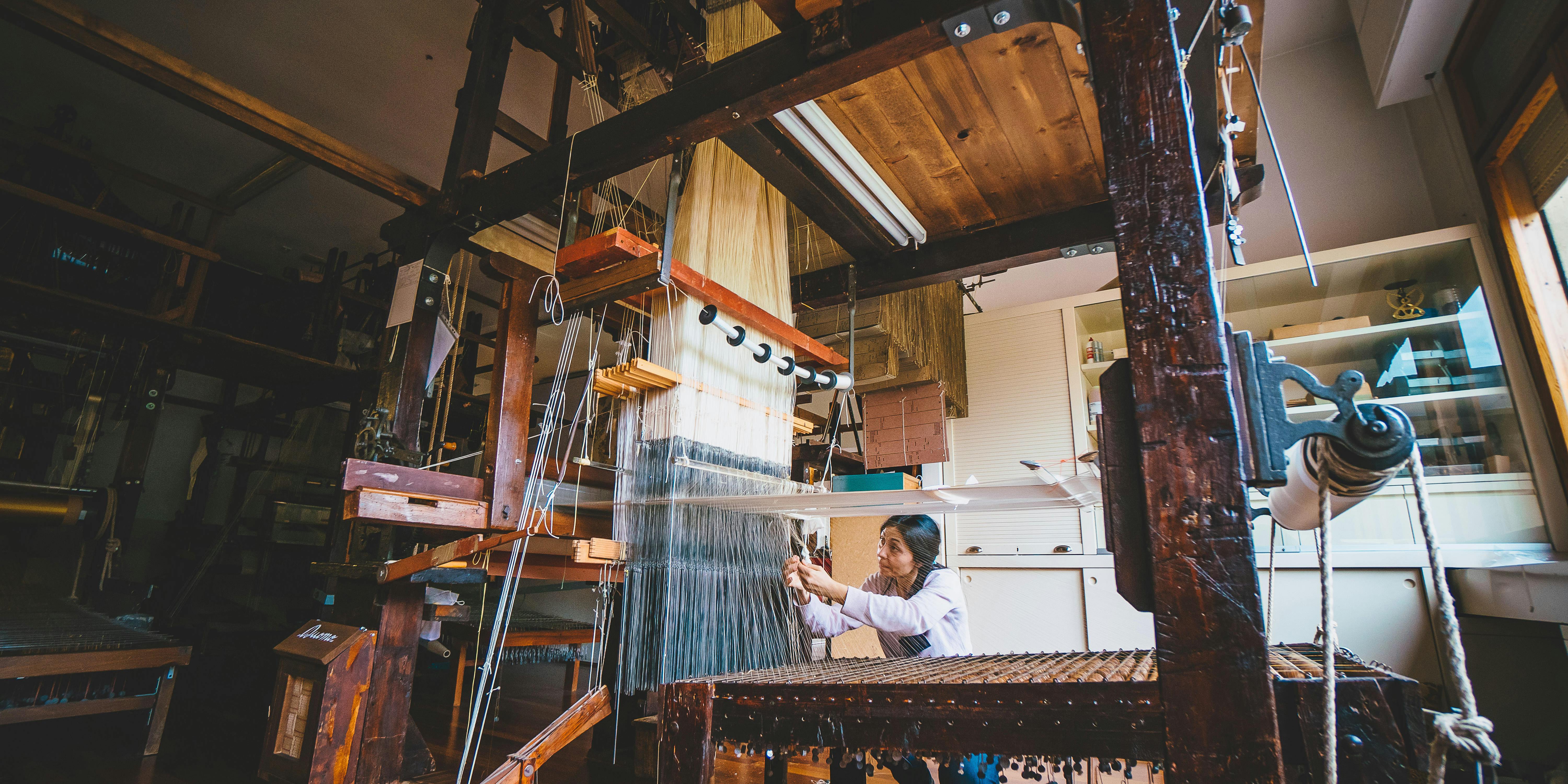
The Jacquard Looms
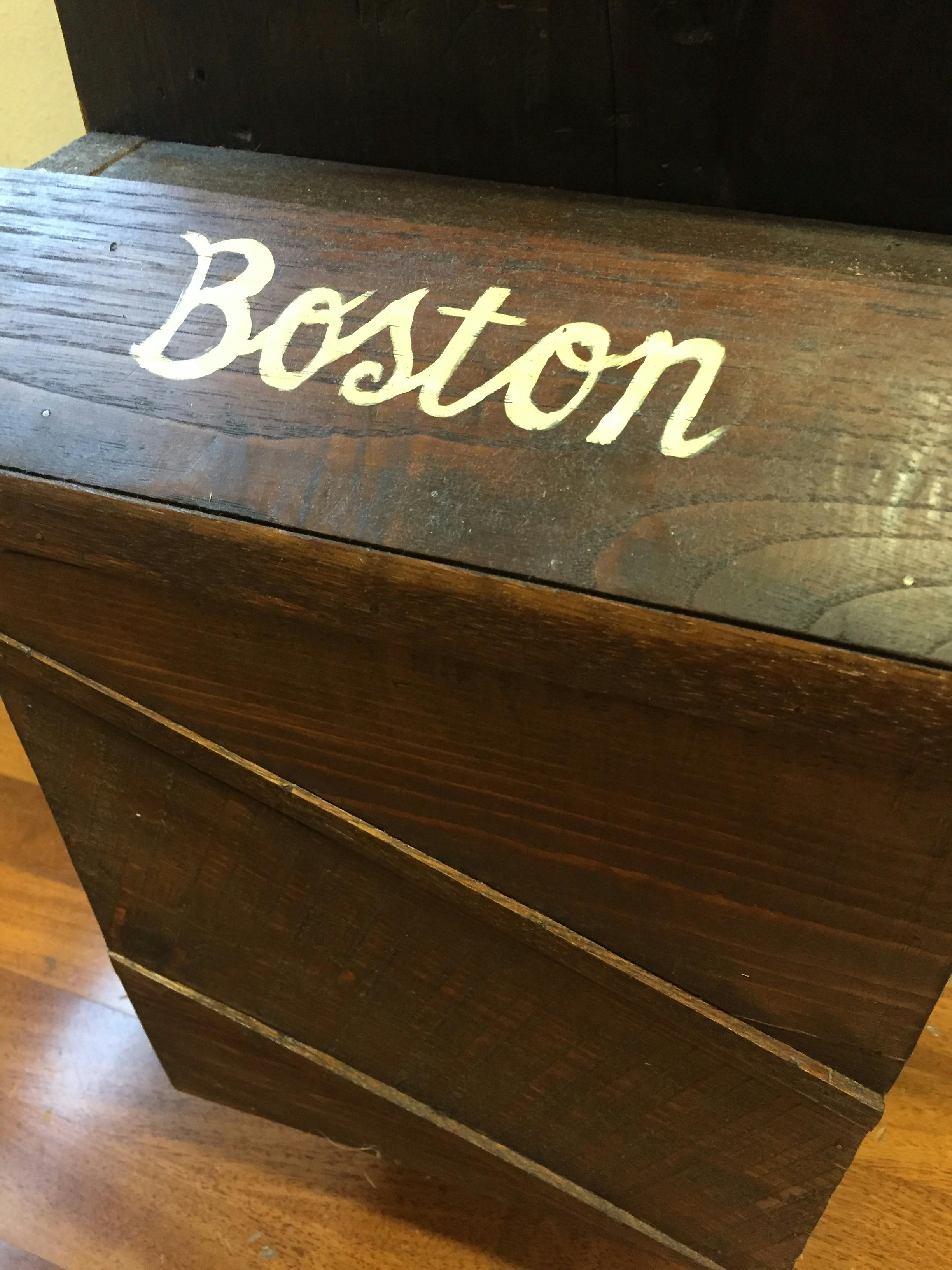
Boston Jacquard Loom
Boston Jacquard Loom
for the velvets
This loom was given its name after it was used to produce the ‘Palio II’ velvet for the Isabella Stewart Gardner Museum of Boston in 2004. It can be warped with up to 6,400 single threads.
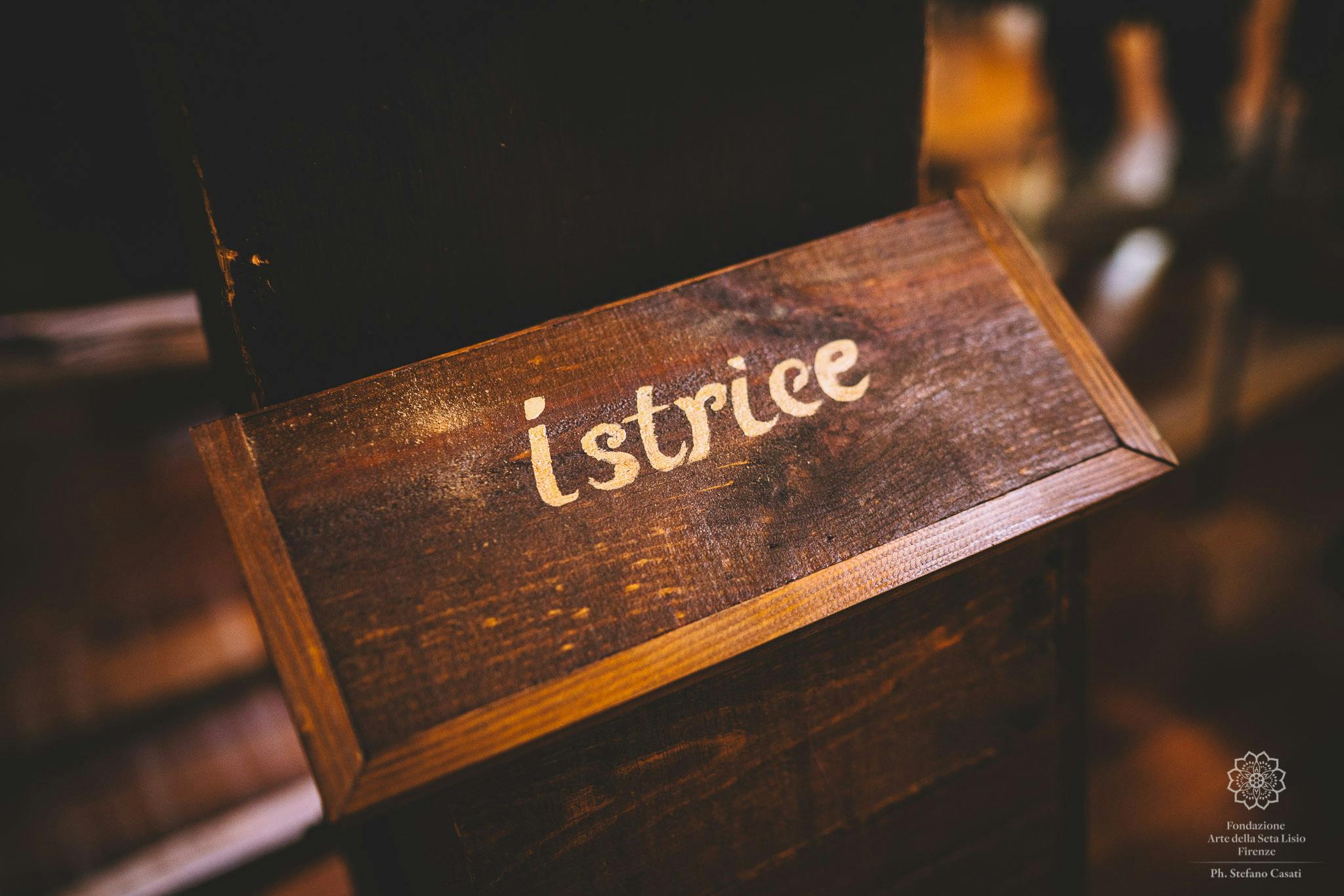
Istrice Jacquard Loom
Istrice Jacquard Loom
for the velvets
This loom is famous for having produced the ‘Istrice’ velvet for the Sienese contrada of the same name.
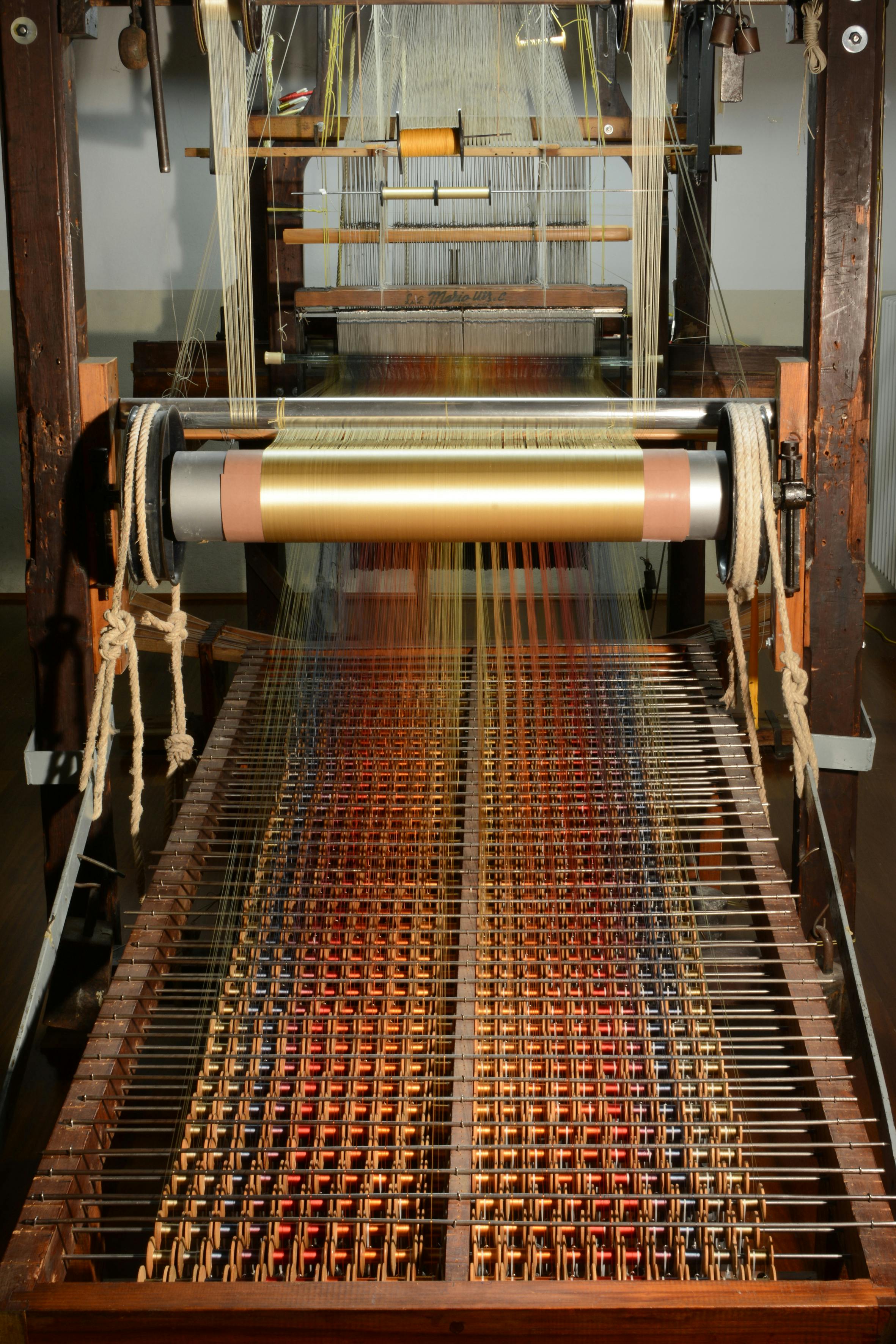
Wilanów Jacquard Loom
Wilanów Jacquard Loom
for the ciselé velvets
The Wilanów loom is called thus after the project targeting historical reconstruction of the wall coverings of the king’s bedchamber in Warsaw’s Wilanów Palace.
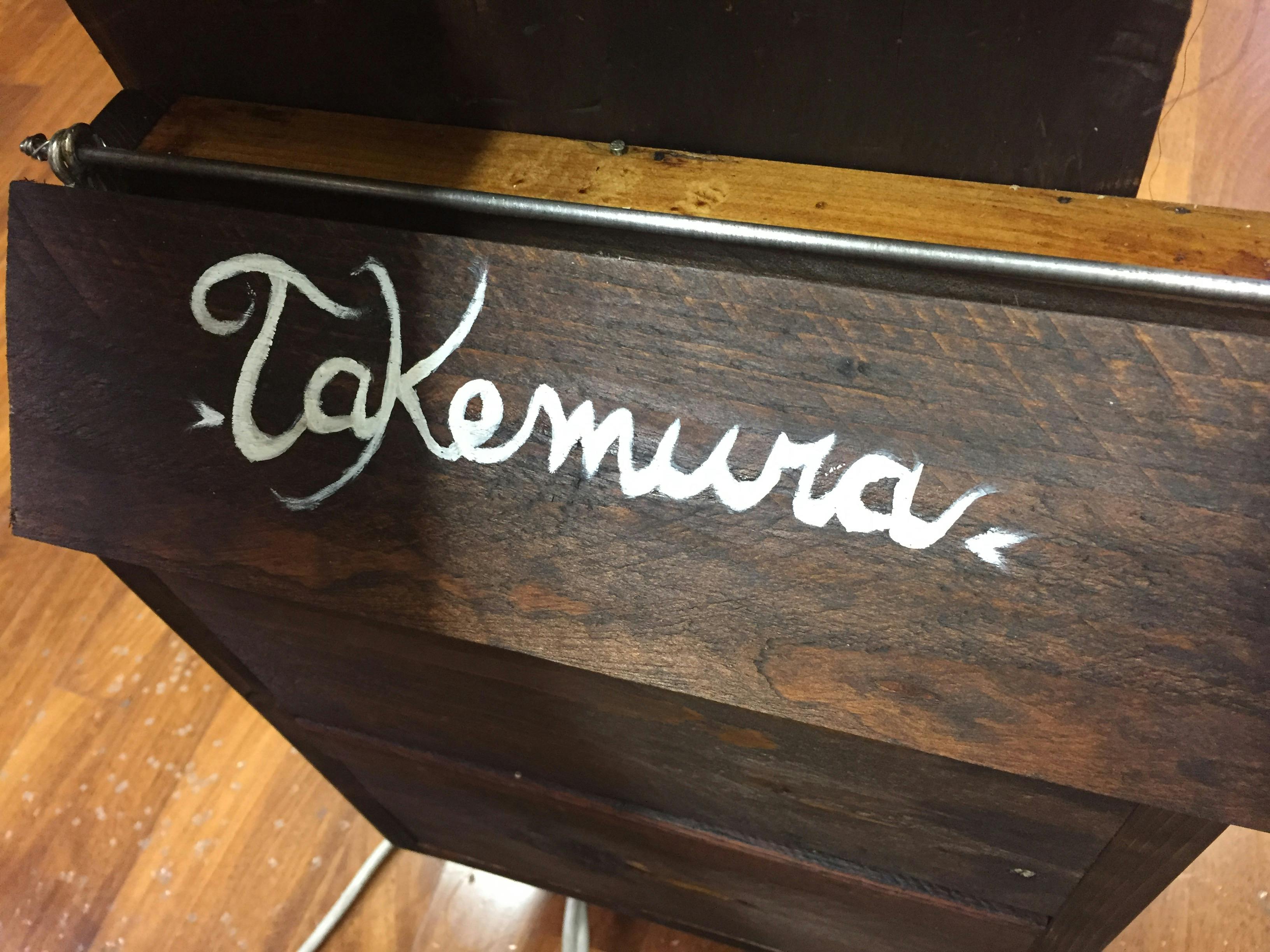
Takemura Loom
Takemura Loom
for experimental damasks and brocades
The Takemura is the only one of our looms that interfaces with a computer. It is used, in fact, for trying out the designs and patterns produced by the CAD design workshop – in digital format – which allow what is basically a Jacquard machine to acquire the data it needs digitally, and not from cards as is the case for all our other looms.
Teaching Looms
The teaching workshop room – included within the manufacturing area so that it may benefit from the technical support our weavers can provide – contains five looms and is a sort of mini-manufactory of hand-woven fabrics. Each student is assigned a loom for study purposes and for mastering technique.
On request, our looms may be rented for weaving personal pieces at our premises.
